SEARCH






|
|
|
|


by Editor Yan Zhang (Australia)
Published the 17th of July 2020
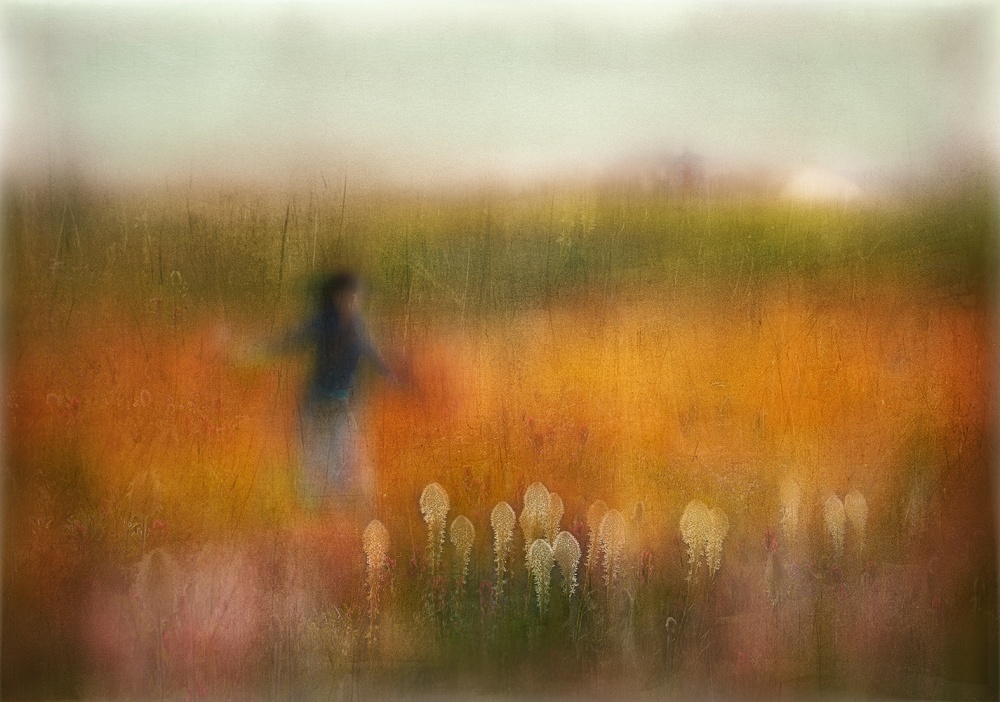
'A girl and Bear grass' by Shenshen Dou
INTRODUCTION to Shenshen Dou's Photography
Photographers use their works as a visual language to express their emotions and perceptions of the world. But in recent years, along with the rise of social media, many photographers are now pursuing the opposite: their works no longer represent their artistic vision; but are created to cater towards audiences’ taste in order to earn more “likes”. While these images can be pleasing, they look superficial and lack a deep personal vision.
Shenshen Dou is one photographer I know who has a true passion for fine art photography. Her photographic works are visual poems relaying the depth of joy and melancholy.
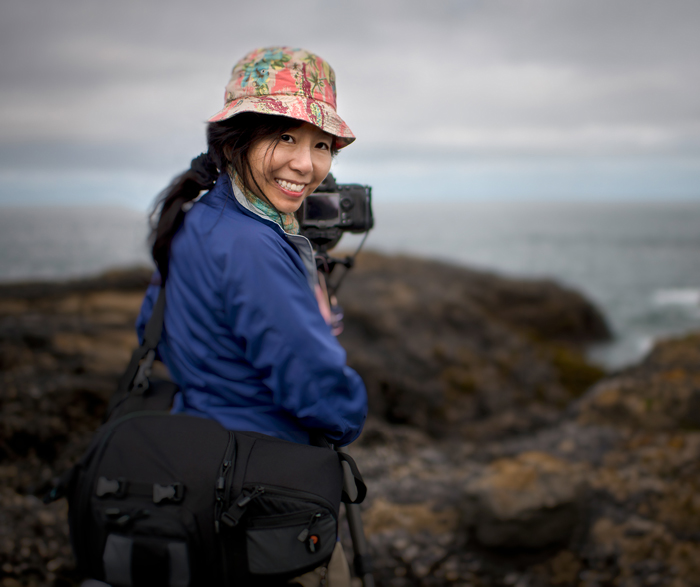
I discovered Dou’s works on 1X gallery several years ago. Her photography spans across different genres and styles, including landscape, abstract, mood and creative editing. However, these different photographic works are actually of inner connections through the photographer’s use of light, colour and form, to express personal emotions, or to tell stories experienced in nature.
Dou’s photographs are subtle and rich, and often times serene and dreamy. From an aesthetic viewpoint, many of Dou’s images appear deceptively simple. It is this simplicity which makes her images powerful and effective.
In this in-depth interview, Shenshen talks about various topics in relation to her photography. 1X audiences will have a good opportunity to know more about Shenshen Dou – not only about her beautiful images, but also about as an artist, her artistic philosophy, creative ideas and technical approaches in pursuing her fine art photography.
INTERVIEW
To begin with, would you tell us something about yourself?
Where do you live and what sparked your interest in photography?
I used to be a molecular biologist and now draw to art. I paint, make collage, and take photographs. My family and I live in Portland, Oregon, US. Documenting nature and travel is the initial point of my photography. Soon I realized and cherished how endless inspirations could Nature offer, and ho unlimited creative techniques could Photoshop provide in photography, the fun was started.
By looking at your images, your photography practices are very impressive, the genres across different types, from landscape to creative edit, from mood to street. May you share with us some thoughts regarding your personal vision and style? How do you describe your photography in a general sense? And how did your life experiences influence your photography journey?
A majority of my work could be categorized as fine art landscape and nature photography. Photography for me is a recreation and a creation. Therefore, photography does not simply describe the nature scenery, but reflect our own spiritual demands and attitudes towards life. The process from captured a special moment in the field to transformed it to an aesthetical picture in the studio is very rewarding.
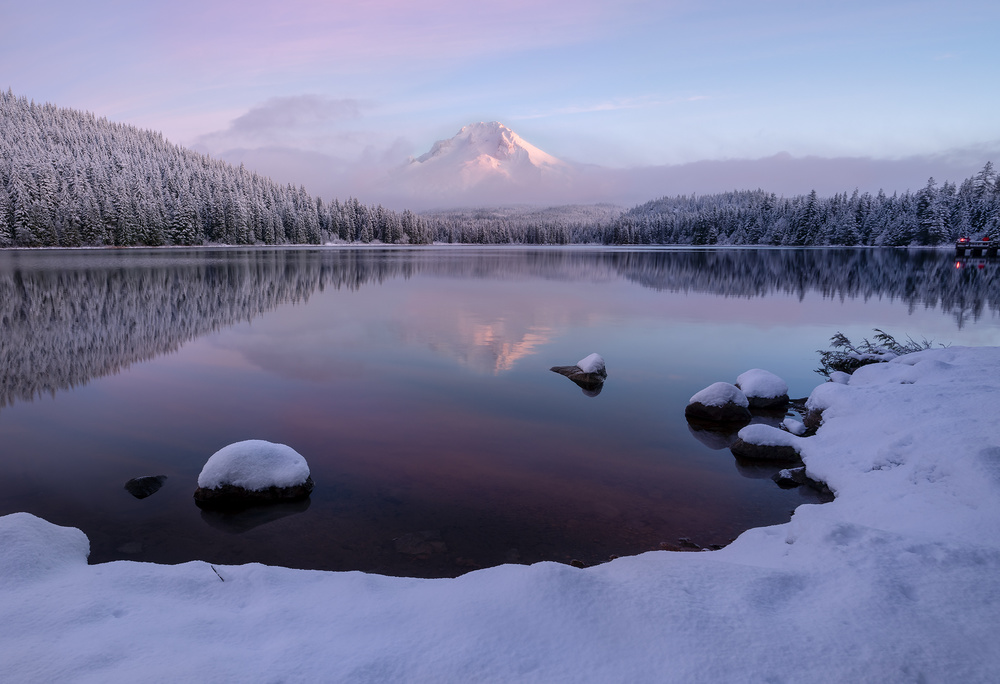
'First snow meets first light'
My parents are artists, they taught at the Central Academy of Fine Art in Beijing before retirement. In my early life, I had some basic art training and was exposed to both Chinese and European art. Despite the fact that I became a scientist, art is always part of my life owing to the childhood imprint.
My painting and collaging practise inspired the attempt to blend in some painting means to photograph making, such as colour correlation, layer of textures, and the contradistinction of sharpness vs blurriness. My science background enabled me recognizing some similarities in the process of making art work and doing scientific research, both requiring an open mind, a free spirit, and many bold experiments. More important, a courage to face failures in the experimental process.
Many of your landscape photographs are peaceful and spacious, and sometimes the image has a person presented. May you talk about your ideas and approach for taking landscape photographs?
In landscape photography, having a distant perspective would allow viewers to feel the silence of the nature, to ease unnecessary anxieties, and to take a detached view of life. Including a relevant person in the landscape composition would provide an anchor to connect viewers with the scenery psychologically, and also could remind viewers how insignificant human really is in this majestic nature. In Chinese Song dynasty (AC 960-1279) landscape paintings, human figures were often deliberately painted so small even hardly to find them in the picture scroll. Those ancient Chinese artists faced the unconquerable nature calmly, and accepted their irrelevance willingly. Let us hope that by association with nature’s enormities and infiniteness, a man’s heart may truly grow big also.
An important approach for taking and processing landscape pictures for me is keep my mind open to the intuitive and mystical inner vision, and grasp the precious opportunities nature offered. We all like to go to wonder lands to take astonishing photos, it is true there is more chances to get amazing pictures in amazing places. But even an ordinary scenery could show its magical moment if the light and your vision cooperated well. To recognize those moments and restore it, one needs to be cultivated continuously. It is a big challenge to turn an ordinary scene into an unordinary image, but it is truly worth to try.
For many photographers, colour has been one of the most difficult topics in post processing. I observe that your images demonstrate a good colour harmony, either in complementary or analogous combination. May you tell us how you control the colour and tone when you process your photos? Are there specific experiences you can share with people?
Colours are excellent tool to create mood and atmosphere in pictures. Colours could be very personal element in visual art. Like many others, control colour and tone in photography can be a technique challenge for me too. I am still learning.
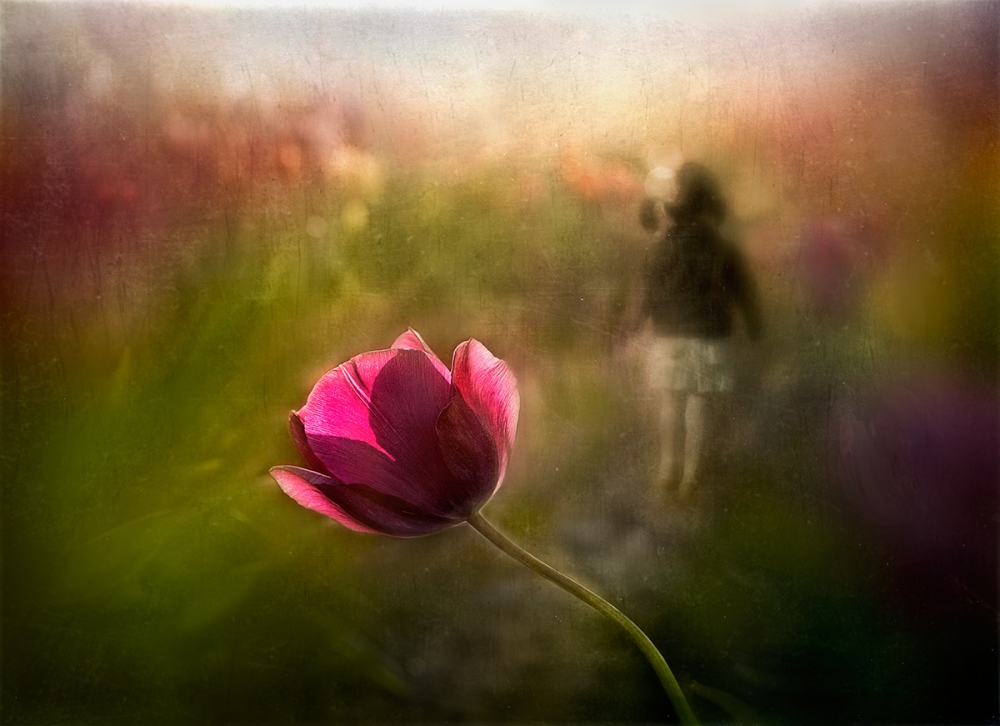
'A pink memory' by Shenshen Dou.
In addition to the basic colour/tone theory that most photographers already know, to train our eyes and learn the colour combination from masters’ works could be beneficial. Understand some basic psychological effect of colours would help us to set a tone of image.
In process landscape photos I tried to avoid over saturation, and pay a close attention to the colour transition from cold to warm. In mood and creative category, I had more lavishness to experiment with colour. e.g. when process picture “Bonfire on the beach”, to achieve a tranquil mood, I applied a photo filter to make an overall cyan/blue tone, and changed the dark brown colour of beach to a more harmonised greenish blue colour, slightly enhanced purple-blue, light purple-pink colours in the sky to give this plain space a little more colour details and also to keep the simplicity intact. Simplicity is not empty, there must be something to see in it. These fine colour controls were done in Adobe Photoshops and Camera Raw Adjustments. In some cases, I also used self-made colour filters from my own photo stack.
You take both colour and black & white images. I like many of your black and white photos, especially the following two images:
May you talk about how did you make these two images, from both in the field and post process aspects? Why did you want to process them in black and white form? Any experience for black and white photography can be shared with us?
Black and white picture was only a small proportion in my portfolio, my experience is limited. For me, black and white approach is a method or a practice, it could simplify, subtract, and intensify images. The strong contrast of black and white photography often gives photo a sense of timeless mystery too. When I edited in black and white, I often combined the application of Adobe Photoshop’s black and white function with Nik Silver Efex Pro2 plug in.
“Sleeping beauty” was taken at a local ski area. Heavy snow-covered bushes formed many smooth curves and moulded suggestive shapes. To avoid the tall cedar trees dominating the scene and emphasized the attractive shapes, I positioned a ground level low angle, took a few connecting images from the sky to the ground covering the whole area I was interested as much as possible. In the post process, to correct the bright blue sky and the lack of contract of the snow mass, I tried black and white in Adobe Photoshop, by decreasing the blue/cyan level, the sky was darker, enhancing the grey shadows to boost three-dimensional volume of snow figures. Black and white approach enriched the sensual mood in this photograph.
“Elowah falls” was shot in a windy raining day. This beautiful 65-meter falls was always my favourite photo object. That day the down falling water was blown away in strong wind, and created a weight less aqua dancing curtain with an elegant rhythm. I decided to focus on this unique section instead of the whole water falls. For this purpose, a tripod and 70-200 mm lens were chosen, after struggled to keep the lens dry and a few tries, I got satisfied images. Black and white was an obviously choice in post processing because other colours were distraction in the composition, black and white could help to focus on light-dark correlation and simplify none essential details. A Low-key application in Nik Silver Efex Pro2 was applied and enhanced the dreamy and mysterious mood.
Every photographer has been inspired, in one way or another, by other photographers or artists. Do you have a particular favourite artist/photographer? How has he/she inspired your photography? What specific things you have learned from this artist?
Many painters and photographers have inspired me. Great colourists I admired the most are Henri Matisse, Paul Gauguin, Odilon Redon, Wassily Kandinsky and Emil Nolde. From them I learned that colour is a form and concept that constructs the visual world. Sarah Moon’s unconventional (at least at her time) and sensual photography moved me deeply with a subtle pallet of colours, and mysterious mood. Art Wolfe, Michael Fatali and Jack Dykinga’s works showed me that landscape photography can be grand and intimacy.
1x is a major source of inspiration for my photography. In this platform, numerous talent photographers with unique ideas, perfected techniques, brave explorations (from high mountain to deep ocean) displayed their varieties and abundant world-classed works for me to learn from. More important, 1x provided an open minded, tolerant, cultivating learning environment and a growing space for emerging photographers around the world. As an example, 5 of my images in this article were inspired by and created for 1x weekly theme (now biweekly theme). I am very grateful to be a member of 1x.
For landscape photography, do you have some favourite places or subjects? What is your next plan for landscape photography?
Due to Covid-19, my photo trip in the near future may be limited to a drive distance in the US. Fortunately, from the mountains to the Pacific Ocean, the Cascade region in Oregon and Washington provide variety of landscapes for photography opportunities all year around.
In your 1X photo portfolio, I note that some images are in “mood” category, they all are very nice and special. In general, when you made a mood image, in general what kind of mood you wanted to create and how did you achieve your goal?
I especially like to the following image “A long journey to the night”. May you share with us the idea and process you made this beautiful image?
Mood” is my favourite category. Joy, tranquillity, sadness, and nostalgia are frequent moods in my work. Colour, season, place and light all played important roles in my “mood stories”.
When I make “mood” photography, I usually took a more spontaneous approach: letting the inner feeling to guide me, sometimes a new inspiration or even a mistake could change the ongoing direction during this interactive process.
In “A long journey to the night” I tried to convey a joy, idyllic mood, and a vitality characteristic of spring. ICM (Intentional camera movement, ICM for short is a photographic technique where the camera is moved as the image is being taken) images brought a breeze, a rhythm and softness to the scene. It also introduced an unfamiliar to a familiar scene. The person with a dog would draw viewer in, to sense her state of mind: a freedom, may be a little uncertainty. In the post processing, three ICM blurred images and one well focused image were combined into a desirable composition. Since all images were shot at the same location and in a back-light of sunset, the tone was warm and unified, the image was only needed a slight adjustment of the colour saturation.
Now let’s talk about something related to photography gears – a tedious yet unarguably critical issue for our photographers. We know that most photographers have their favourite subjects to focus, and for this reason, many photographers may develop their own effective gear strategies over the years.
May you share with us what gear do you think to be most effective in order to achieve your photography goals? In particular, may you tell us what cameras and lenses you use? And what filters do you use (if you ever use them) and how these filters play their roles in your photo taking?
Personally, I think right equipment is important for high quality images but not the only element for good pictures. We see many examples that excellent pictures not necessarily shot by expensive cameras and lenses.
I have a Sony A7R IV camera, three different focal lengths of lenses (17-35mm/f2.8, 24-70mm/f2.8 and 70-200 mm/f2.8) and a 90 mm/f2.8 macro lens for close-up shot. I also have a Nikon D850 camera and NIKKOR 600 mm/f4 telephoto lens for wildlife photo and the 14 mm/f2.8 lens for super wide angle shot. I switched my main camera from Nikon to Sony A7R iv, mainly for the light weight of camera and lens.
I like adding B+W ND filter (3-6 stops) for long exposure when shoot seascape and waterfalls, and for ICM shoot too.
 | Write |
 | Isabel Guzman Hello Shenshen, congratulations on being chosen to be, on your own merits, the protagonist of this interesting and excellent interview; thanks to which, now, I know a little better the artist and, also, the person behind the artist. I have enjoyed, very much, reading and watching the dreamlike images that illustrate this delightful reportage. Thank you very much for sharing your knowledge and artistic vision: it is an excellent portrait, although brief, that allows us to know, in addition to your mystical and artistic facet, the great influence that impressionism has on your work. Thank you very much, to Yvette and Yan Zhang, for these lively brushstrokes of color and light on the artist´s personality and her creative work. Congratulations to all the responsible for this magnificent reportage.
I send you, with gratitude, my best wishes and warmest regards. Good light! |
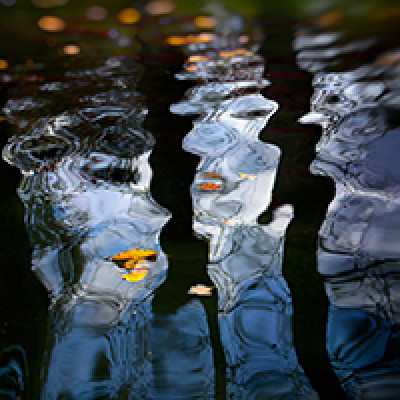 | Shenshen Dou PRO Dear Isabel, thank you so much for your kind and sweet remarks! Best regards! |
 | Isabel Guzman ... thanks, to you, for sharing your bewitching and inspiring work; and, also, for letting us know a little more about you :)) Thank you very much for your friendly answer. I send you with affection my best wishes. Take care! My warmest regards. |
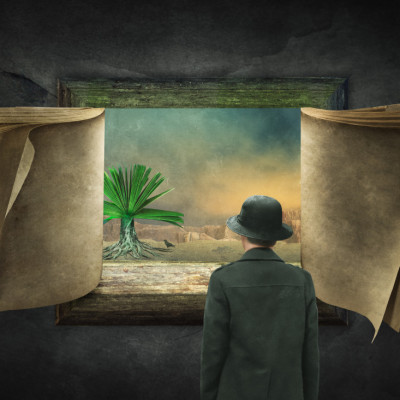 | Biao Huang PRO 非常喜欢你的图片,向您学习,亲爱的朋友! |
 | Biao Huang PRO 非常喜欢你的图片,向您学习,亲爱的朋友! |
 | Shenshen Dou PRO Thank you very much, Xibiao! 感谢!互相学习! |
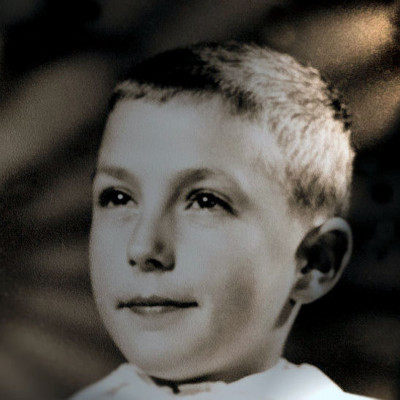 | Thierry Dufour PRO Superb interview, stunning images, congrats Shenshen, thanks Yvette and Yan for your work !!! |
 | Shenshen Dou PRO Dear Thierry, thank you so much for the kind comment! Your elegant masterful macro works always captivate me! |
 | Mei Xu PRO Very creative and beautiful images! Thank Yan and Shenshen to share the stories behind these images. |
 | Shenshen Dou PRO Thank you very much for your encouragement, dear Mei! |
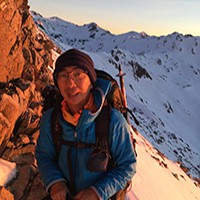 | Yan Zhang CREW Thanks Shenshen for doing this interview with me, and thanks Yvette for great support as always! |
 | Shenshen Dou PRO Many thanks, Yan! |
 | Huibo Hou Dear Shenshen, Having been admiring your work since I joined 1X community. Thanks to this interview I got to know more about your creative and artistic mind. I will keep coming back to your work for inspirations. |
 | Shenshen Dou PRO That is very kind of you, dear Huibo! Thank you so much for your support! Your crisp and concise works are truly remarkable! |
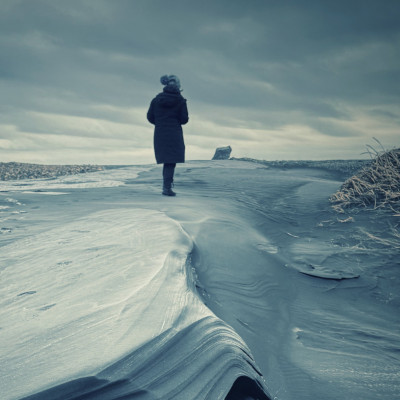 | Judy Tseng PRO Amazing work! |
 | Shenshen Dou PRO Thank you very much, Judy! The light in your beautiful still life is impressive! |
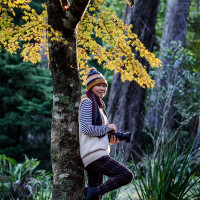 | Xiaomeisunoz Very good collection |
 | Shenshen Dou PRO Thank you very much, Xiaomeisunoz! |
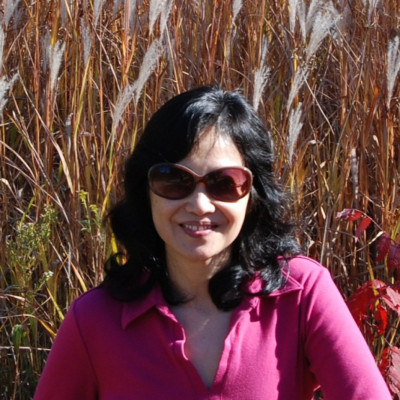 | Leah Guo PRO |
 | Shenshen Dou PRO Dear Leah, appreciate your compliment very much! Thanks! |
 | Larry Deng APA PRO Excellent interview and very impressive images. Thanks for sharing my friend Dou
My compliments |
 | Shenshen Dou PRO Thank you so much for your kind comment, dear Larry! |
 | Shenshen Dou PRO Thanks Yvette and Yan very much for this unique opportunity, and encouragement and support!Thanks Yan Zhang for your patience and your thoutful questions channeling into a fruitful discussion! I am honored and grateful! |
 | Yvette Depaepe CREW My pleasure, Shenshen Dou ...
All credits go to Yan and you for your fine collaboration. My admiring compliments on your excellent and wonderful work. Cheers, yvette |
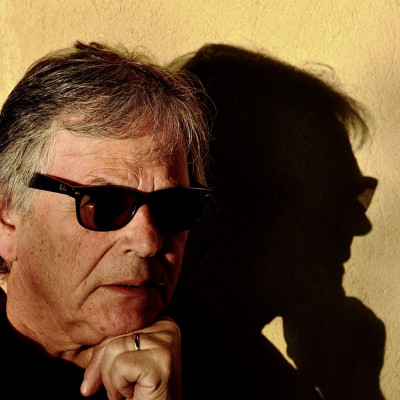 | Arnon Orbach CREW Dear Dou, Happy to read and look at this excellent interview. You are undoubtedly one of the of the most creative nature / landscape photographer. Some of your photos are verging on fine art. It is a well-deserved interview. I love your ability to combine photography and art with such wonderful results. My compliments |
 | Shenshen Dou PRO Dear Arnon, thank you so much for your kind and supportive comments! I admire your impressive body of work a lot! Your excellency has set an example for me! |
 | Arnon Orbach CREW |